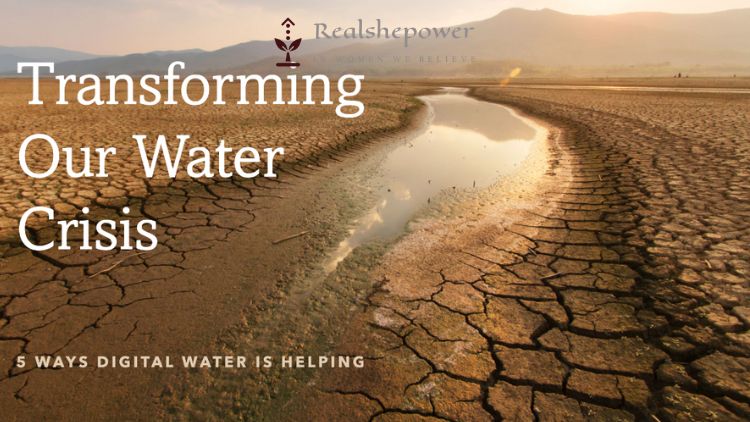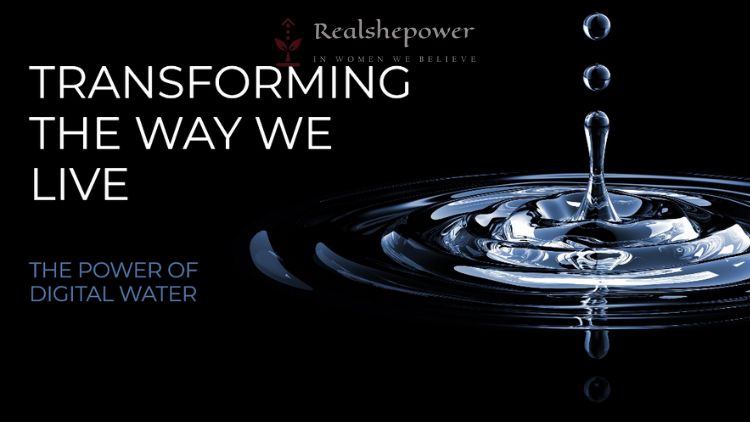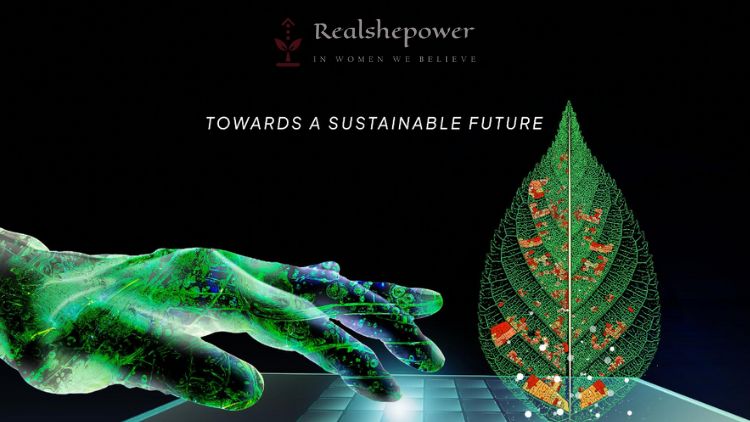5 Ways Digital Water is Transforming Our Water Crisis (and How You Can Help!)


Water. It’s the very essence of life, a resource so fundamental we often take it for granted. Yet, with a growing global population, intensifying climate extremes, and aging infrastructure, our traditional water management systems are creaking under the strain. This is where digital water steps in – a wave of innovation poised to revolutionize the way we monitor, manage, and conserve this precious resource.
Table of Contents
What is Digital Water?
Think of digital water not as some futuristic potion, but rather a powerful fusion of digital technologies – sensors, data analytics, and automation – that are transforming water management. It’s about harnessing the power of information and communication technology (ICT) to create a smarter, more efficient, and sustainable water system.
Imagine a network of sensors embedded in pipes, tanks, and even soil. These sensors constantly gather data on water flow, pressure, quality, and usage patterns. This data is then transmitted wirelessly to a central hub, where powerful analytics tools crunch the numbers and generate insights. Armed with this real-time information, water utilities and individuals can make informed decisions, leading to a paradigm shift in water management.
How Does Digital Water Make a Difference?

The benefits of digital water are vast and far-reaching. Here’s how it can transform the way we think about water:
Leak Detection and Prevention:
Imagine a city losing millions of liters of water every day due to hidden leaks. Digital water, through strategically placed sensors, can detect leaks in real-time, pinpointing their location and minimizing water loss. This translates to significant cost savings for utilities and ensures more water reaches homes and businesses.
Precision Irrigation:
Agriculture accounts for a significant chunk of global water usage. Traditional irrigation practices often lead to overwatering, wasting precious resources. Digital water solutions, like smart irrigation systems, use sensors and weather data to deliver the exact amount of water needed for crops. This not only conserves water but also improves crop yields.
Enhanced Water Quality:
Digital water doesn’t just focus on quantity, but also quality. Sensors can continuously monitor water parameters like chlorine levels, turbidity, and even the presence of harmful contaminants. This allows for quicker response to contamination threats, safeguarding public health.
Smarter Decision-Making:
The data collected through digital water solutions is a goldmine for informed decision-making. Water utilities can analyze usage patterns, identify areas with high consumption, and implement targeted conservation strategies. They can also predict future water demand and plan infrastructure upgrades accordingly.
Predictive Maintenance:
Imagine a scenario where a pipe bursts, causing disruptions and damage. Digital water can be a lifesaver. Sensors can detect anomalies in pressure or flow, indicating potential problems with pipes and pumps. This allows for proactive maintenance, preventing costly breakdowns and ensuring a reliable water supply.
Customer Engagement:
Digital water empowers consumers. Imagine accessing your water usage data through a mobile app, understanding your water bills better, and identifying ways to conserve water at home. This fosters a sense of responsibility and encourages participation in water-saving initiatives.
Where is it Used?
The applications of digital water are vast and are rapidly expanding across different sectors:
1. Municipal Water Utilities: Real-time leak detection, pressure management through smart valves, and remote meter reading are just some ways digital water optimizes water distribution in cities.
2. Industrial Water Management: Large industries can use digital tools to monitor water usage in manufacturing processes, optimize cooling systems, and treat wastewater effectively, minimizing their environmental impact.
3. Smart Irrigation: Precision agriculture techniques using sensors and weather data are revolutionizing irrigation practices, allowing farmers to optimize water usage and maximize crop yields.
4. Domestic Water Management: Smart appliances and leak detectors empower homeowners to track their water consumption, identify areas for improvement, and make informed choices about water usage.
Navigating the Digital Water Journey
While digital water holds immense potential, it’s not without its challenges:
Cybersecurity Concerns: A digitally connected water infrastructure becomes vulnerable to cyberattacks. Robust cybersecurity measures are crucial to protect critical data and ensure the reliability of water systems.
Infrastructure Investment: Implementing advanced sensors, automation systems, and data management platforms requires significant upfront investment. This can be a barrier for smaller utilities or developing countries.
Integration Challenges: Existing water infrastructure might need upgrades to seamlessly integrate with digital technologies. Additionally, ensuring compatibility between different digital tools and systems can be complex.
Digital Divide: Not all communities have equal access to the technology and expertise required for digital water solutions. Bridging this digital divide will be crucial to ensure equitable access to this transformative technology.
The Future of Digital Water
Despite the challenges, the future of digital water is brimming with promise. Here’s a glimpse into what’s on the horizon:
Advanced Analytics: Imagine AI-powered water management systems that can not only monitor and analyze data, but also predict future water demand and potential problems. Machine learning algorithms will be able to identify trends, optimize water allocation based on real-time conditions, and suggest preventive maintenance strategies.
Internet of Things (IoT) Integration: The future of water management lies in interconnectedness. Imagine a vast network of sensors embedded in everything from pipes and pumps to soil moisture monitors – the Internet of Things (IoT) in action. This network will generate a massive flow of data, providing a holistic view of water availability, usage patterns, and environmental conditions.
Decentralized Systems: Large, centralized water treatment plants might not always be the most efficient solution. The future could see a rise in localized, decentralized water treatment and management systems powered by digital technologies. These smaller-scale systems can be more adaptable to local conditions and reduce the reliance on aging infrastructure.
Focus on Sustainability: Digital water solutions will play a critical role in promoting sustainable water management practices. Imagine tools that help individuals and businesses track their water footprint and identify ways to reduce waste. Furthermore, digital water can support wastewater recycling and reuse initiatives, promoting a circular economy for water.
A Collective Effort for a Sustainable Future

Digital water is more than just a technological innovation; it’s a paradigm shift in the way we manage this precious resource. By embracing this transformation, we can create a more secure, resilient, and sustainable water future for generations to come. However, this journey requires a collective effort:
Investment in Research and Development: Continued research and development are crucial to create cost-effective and efficient digital water solutions.
Public-Private Partnerships: Collaboration between governments, water utilities, technology companies, and research institutions will accelerate the adoption and scaling of digital water solutions.
Education and Awareness: Empowering individuals and communities to understand the importance of water conservation and the benefits of digital water is vital. Educational initiatives and awareness campaigns can play a key role in this process.
Bridging the Digital Divide: Investing in digital infrastructure and providing training opportunities can ensure that all communities benefit from digital water solutions.
A Call to Action: Become a Water Warrior
Digital water may be a technological wave, but it’s one we can all ride. Here’s what you can do to contribute:
Support sustainable water practices: Look for water-efficient appliances, practice responsible water use at home, and support companies committed to sustainability.
Stay informed: Educate yourself about the importance of water conservation and the benefits of digital water. Spread awareness among your family and friends.
Embrace technology: Consider smart home devices or smart irrigation systems to manage your water consumption more effectively.
Advocate for change: Contact your local representatives and urge them to support policies that promote water conservation and investment in digital water solutions.
FAQs on Digital Water:
1. What is Digital Water?
Digital water isn’t magic water; it’s integrating technology (sensors, data analytics, automation) into water management for better monitoring, conservation, and decision-making.
2. How can Digital Water benefit me?
Digital water can help prevent water leaks (saving you money!), improve water quality, and empower you to track your own water usage at home.
3. What are the challenges of Digital Water?
Cybersecurity concerns, upfront investment costs, and ensuring everyone has access to this technology are some key challenges.
4. What’s the future of Digital Water?
Advanced analytics, IoT integration, and decentralized water systems powered by digital tools are on the horizon.
5. How can I be a Water Warrior?
Support sustainable practices, educate yourself and others, embrace water-saving technology at home, and advocate for policies promoting digital water solutions!
Water is the lifeblood of our planet, and digital water offers a powerful tool to ensure its continued flow for generations to come. Let’s embrace innovation, collaborate for change, and become responsible water warriors. Together, we can navigate the waves of digital water and secure a sustainable water future for all.
You can now write for RSP Magazine and be a part of the community. Share your stories and opinions with us here.
